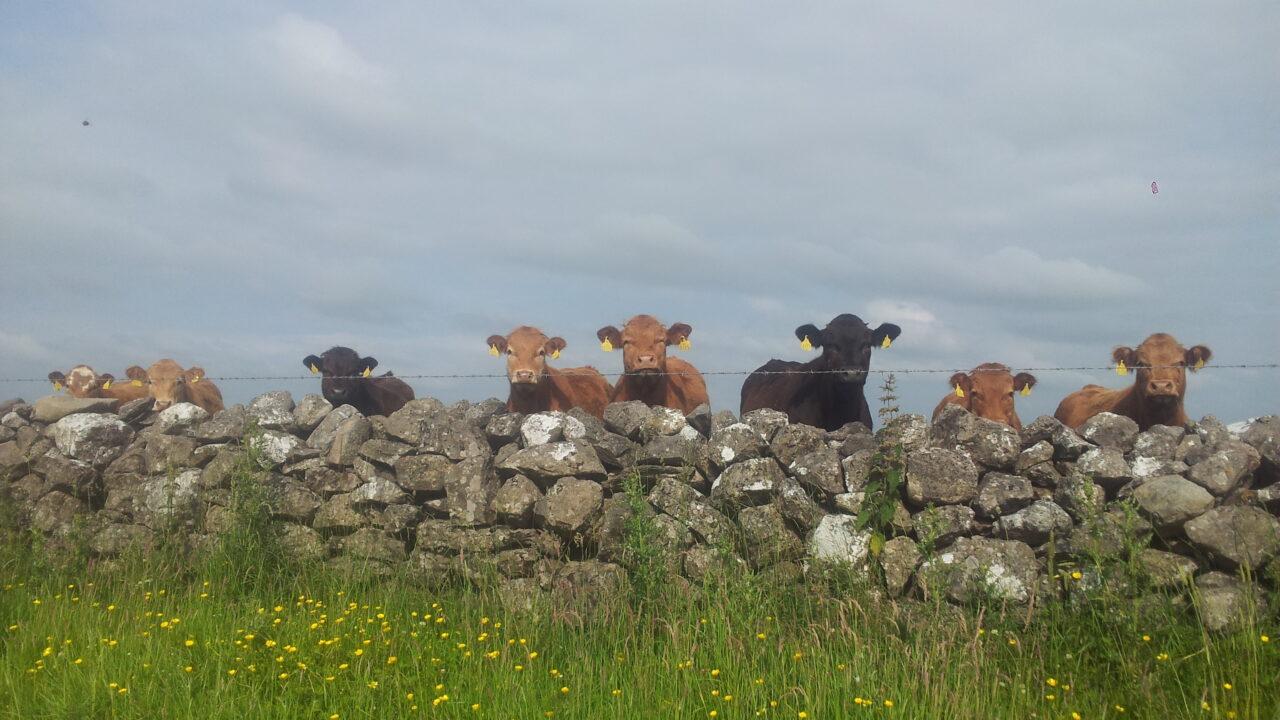According to recent Teagasc research, farming in limestone areas could be much less risky for water quality than was thought.
As part of the Agricultural Catchments Programme, Teagasc is doing research on karst limestone land near Ballinrobe in Co. Mayo. A total of 19% of Ireland’s land is on karstified limestone. This is generally dry land, often with shallow soils and the limestone underneath has many cracks and fissures so water drains through quickly. Any nitrogen (N) and phosphorus (P), in the water draining down can quickly get into the groundwater below and can reduce water quality.
The spring at the study site has very good water quality, despite relatively intensive farming in the area and to try to explain why a study of the soils, geology and water was done.
The Teagasc Research has shown that, despite their shallowness, soils intercepted most of the nutrients even in the depressions where collapses into the underground channels had happened. Also soil in the small cracks and fissures in the rock was likely binding P.
It says the original risk assessment classified 97% of the study area as at high or extreme risk of P pollution of groundwater. The proposed P vulnerability map classified only 14% of the area as being highly vulnerable for P transfer to groundwater with two-thirds of low vulnerability and the remainder moderate.
If soil P content is taken into account and only P index 4 soils (high) are considered, the area classified as high risk drops to 2%. Therefore, reducing soil P from index 4 to index 3 (optimum for farming), is a simple way to reduce risk.
Teagasc have now said that due to the research concentrating on these ‘critical source areas’ with P index 4 and soil shallower than 0.5m is likely to be a more effective and efficient P loss reduction strategy than a ‘blanket’ approach across most of the area.
